In photography, all is about the picture. What is more, all is about showing what others don’t see. A telephoto lens is made to show what is too far for the eye to see clearly.

A macro lens is to show what is too small for the eye to see, unless you really put your eyes very close to each subject. That is not
the best way to walk in the streets though. On the last World Wide Photo Walk I had the chance of trying out a macro lens. I hesitated long time to post these pictures, at first I didn’t like them. Later I came across them again and they looked a little better.
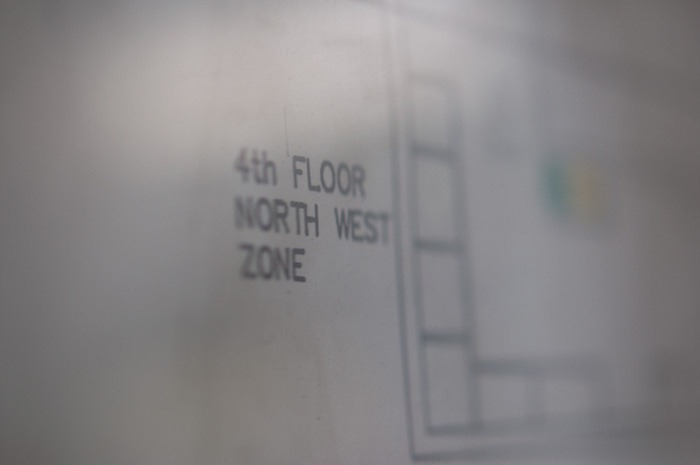 Where to?
Where to?
The Nikkor 60mm is the macro lens I used. The depth of field is quite disconcerting at times and what I see is that if I want to use this lens more effectively, I will have to practice and practice and then practice some more. The depth of field with the opening of f/2.8 on this Nikkor is so shallow that most of the picture is out of focus. That takes some getting used to.
In this post a few examples that I like. Albeit only a small collection of all the pictures I took during the walk.
 Getting closer…
Getting closer…
I thought I could get close with my 18-200mm, it focuses at about 35cm. The thing that Nikon does not tell is that at that distance, the focal length is reduced to be able to focus properly. And that little fact is not reported in the EXIF data in the picture.
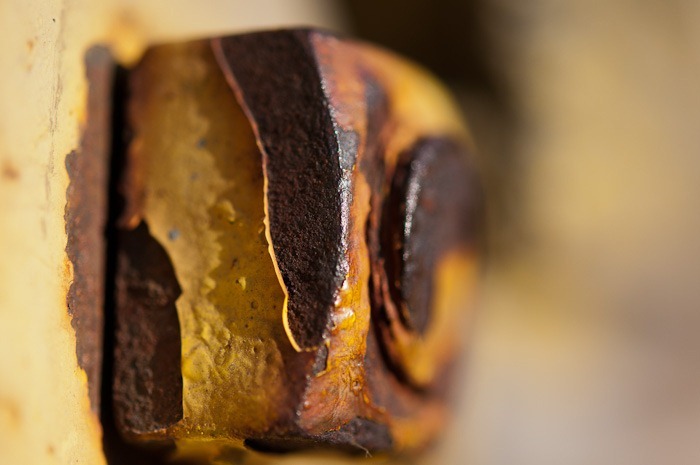 And closer
And closer
So getting even closer with a macro lens means getting closer. Like in 3cm from the front of the lens. Above is a simple rusted nut and bolt, somewhere at The Forks in Winnipeg. As you can see, all of the picture is recognizable, but only a small part is really in focus.
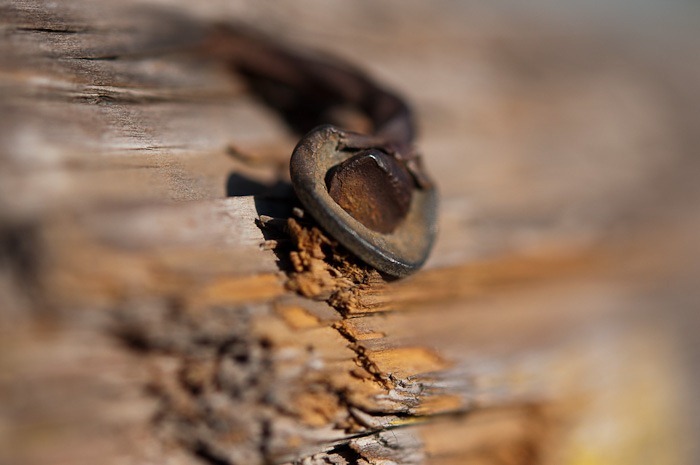 Rusty
Rusty
None of these pictures have been manipulated or modified in either Photoshop or Lightroom. Taking pictures of inanimate objects is fairly easy. Taking pictures of plants and flowers is already more challenging.
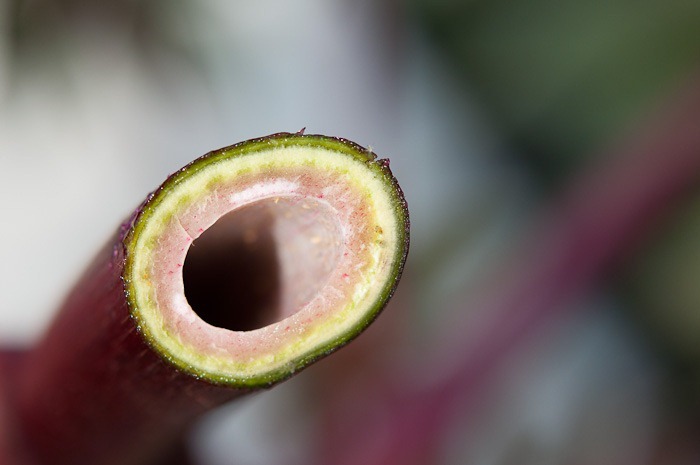 Freshly cut
Freshly cut
With the wind blowing ever so lightly, plants and flowers move. With a 18-200mm that movement can be caught quite easily and refocusing is a breeze. With the 60mm, on the other hand, every movement can mean failure.
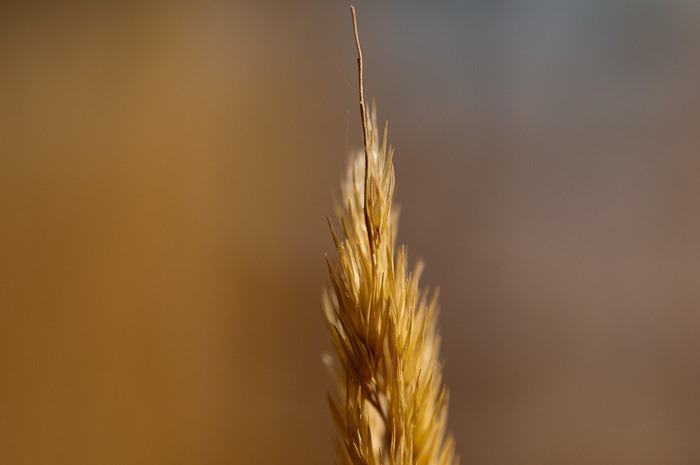 Singled out
Singled out
When you do get the subject in focus, there is a world of possibilities that opens for you. All you have to do is take advantage of that. Easier said than done. The bokeh is fantastic, only the slightest part of the subject is in focus.
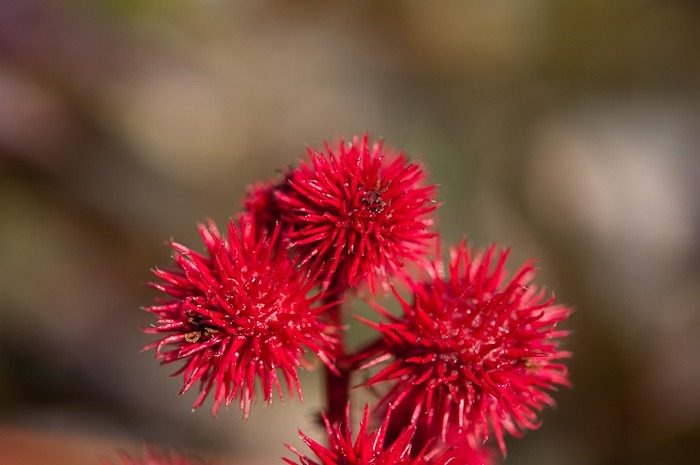 Colourful details
Colourful details
When I took this picture, I didn’t see all the details I got. So chimping and checking the picture on the spot (thanks, Digital Age) showed that there was something extra on this flower.
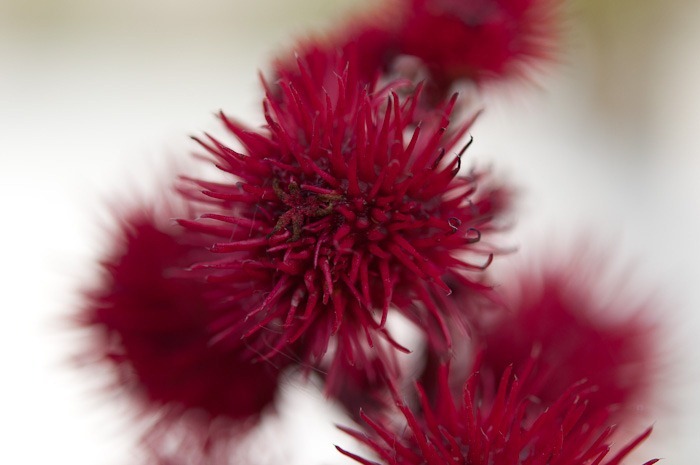 Starfish? Impossible!
Starfish? Impossible!
The little extra thing looks like a starfish to me. But a starfish on plants at The Forks in Winnipeg seems a bit odd to me. I don’t think they can travel that far ![]() .
.
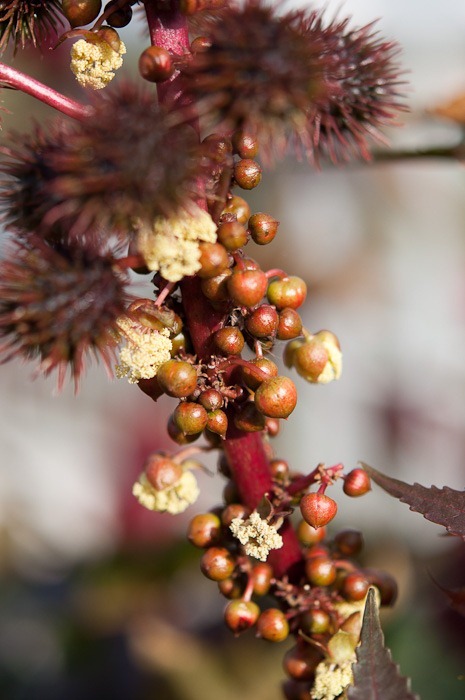 Great details
Great details
Then I tried something a little less close and came up with this picture. The flowers/fruits and the cut stem of the previous pictures were all part of the same plant.
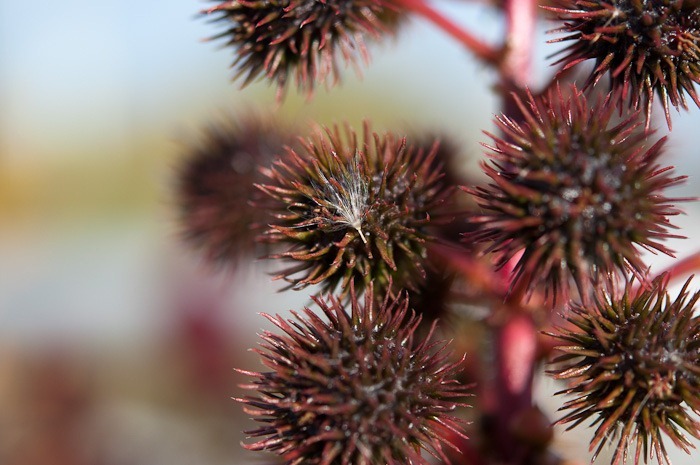 Caught forever
Caught forever
Small leaves also looked more interesting up close. I guess that is what this lens is all about, but it’s a new way of looking around you. It takes some time to get used to, that’s for sure.
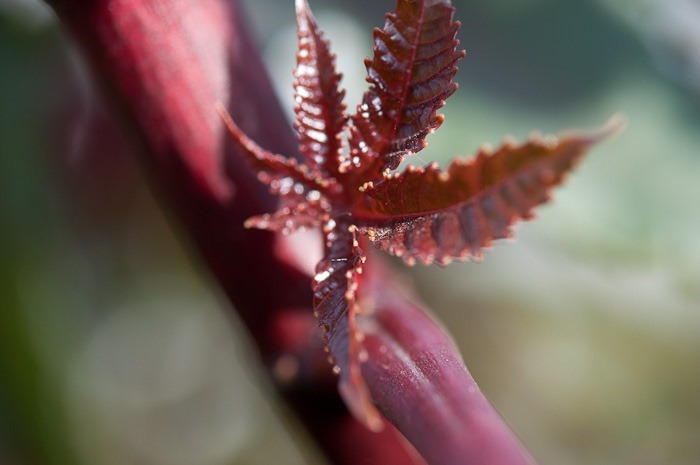 Where’s the focus?
Where’s the focus?
I had only time to snap a few more pictures of this strange looking plant before the gardeners came to cut and destroy them. In fact, the cut stem is the last I could take of the plant and was the last picture of the series.
 Wrought iron handle
Wrought iron handle
This lens is really a piece of work. It needs work to get used to. At first I was really disappointed with the results, unlike my previous lens (my 10-20mm) that I was immediately crazy with. This one will need practice and patience. It is definitely not a lens for daily use. I guess I will have to wait some more before even deciding if I want to buy one or not.
But I started thinking about it…
